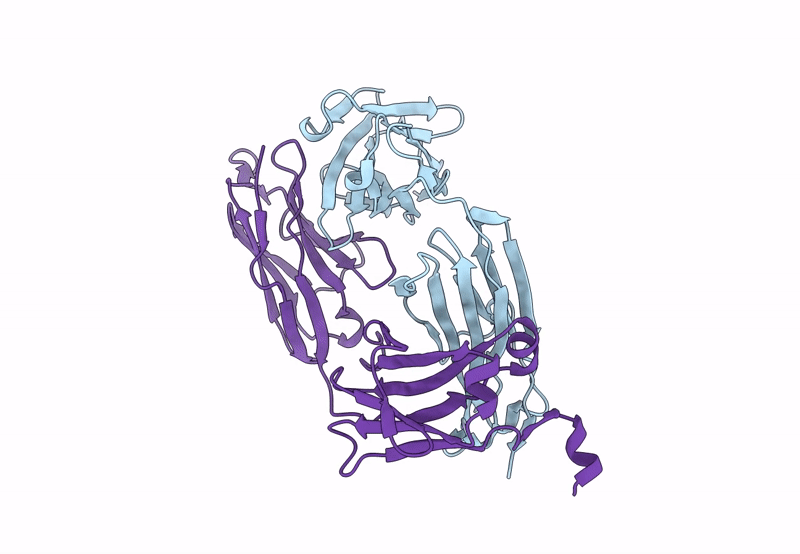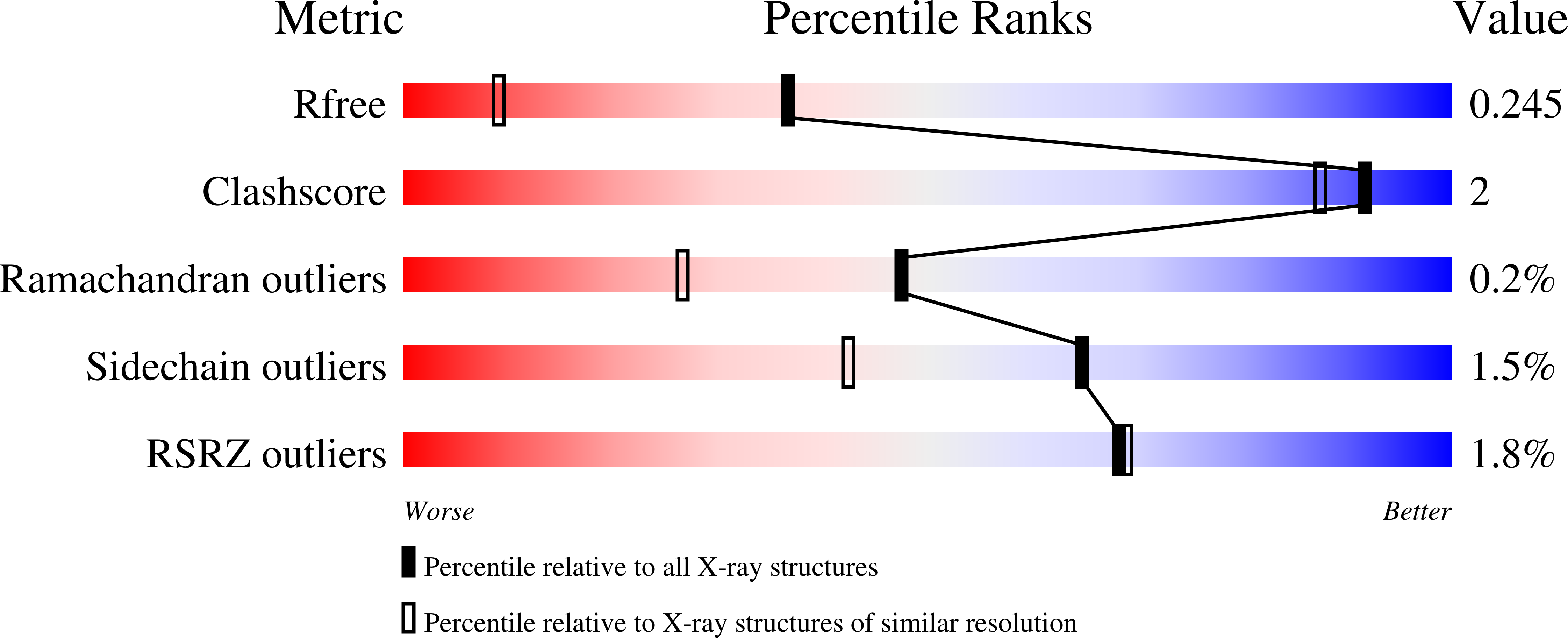
Deposition Date
2023-01-29
Release Date
2023-10-18
Last Version Date
2024-11-13
Method Details:
Experimental Method:
Resolution:
1.63 Å
R-Value Free:
0.24
R-Value Work:
0.22
R-Value Observed:
0.22
Space Group:
P 21 21 21


